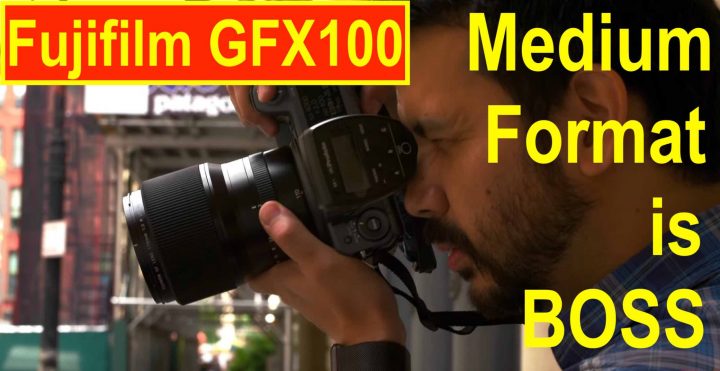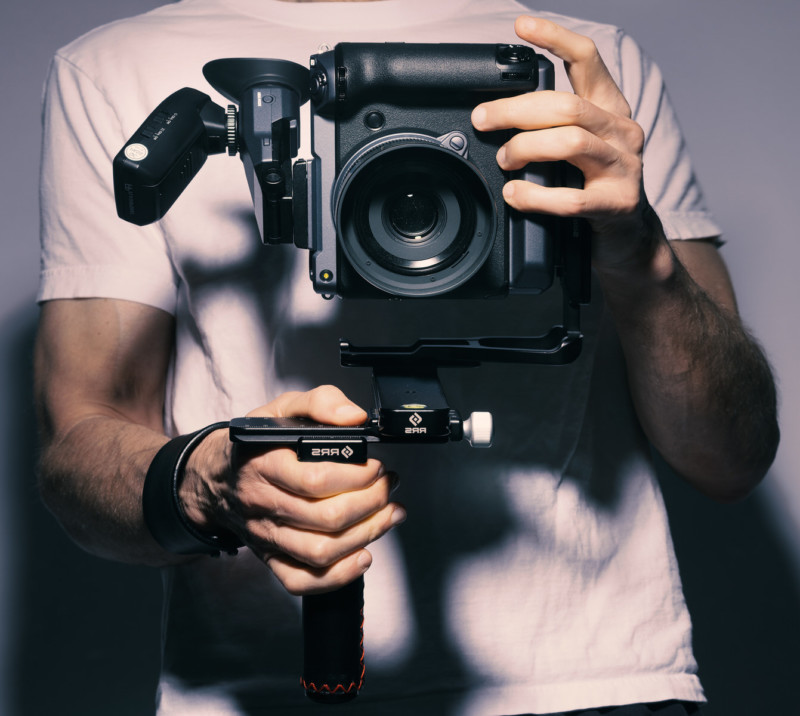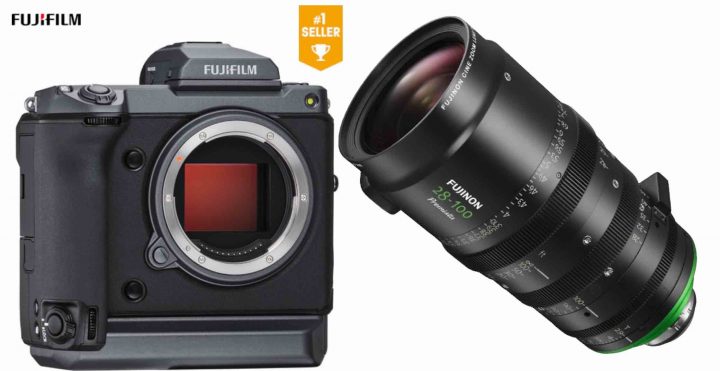Fujifilm GFX100 First Look: “Medium Format is Boss. All GF Lenses Need Firmware Update for Phase Detection AF Support”
Fujifilm GFX100
BHphoto went hands on with the Fujifilm GFX100. You can see their full video here.
- no dials, feels like a camera of 2019
- extreme cropping capability
- autofocus feels like X-T3. Not that super fast, since it the AF motor has to move more glass inside GF lenses, but very very fast
- all GF lenses need a firmware update to support phase detection AF
- bigger glass is just a completely different look compared to full frame
- vertical grip too sleek. Should be more rubberized and ergonomic
- aimed at professionals and enthusiasts
- for sports and wildlife there are higher frame rates options. But the GFX100 goes at 5fps
- they tested the 5fps, and it hit every frame
- video is a huge leap over what Fujifilm GFX50S and GFX50R can do
- Medium Format is Boss! It’s ridiculous to compare it to full frame
Check out the full BHphoto GFX100 video here.
Fujifilm GFX 100: B&H Photo, AmazonUS, Adorama, Focuscamera



